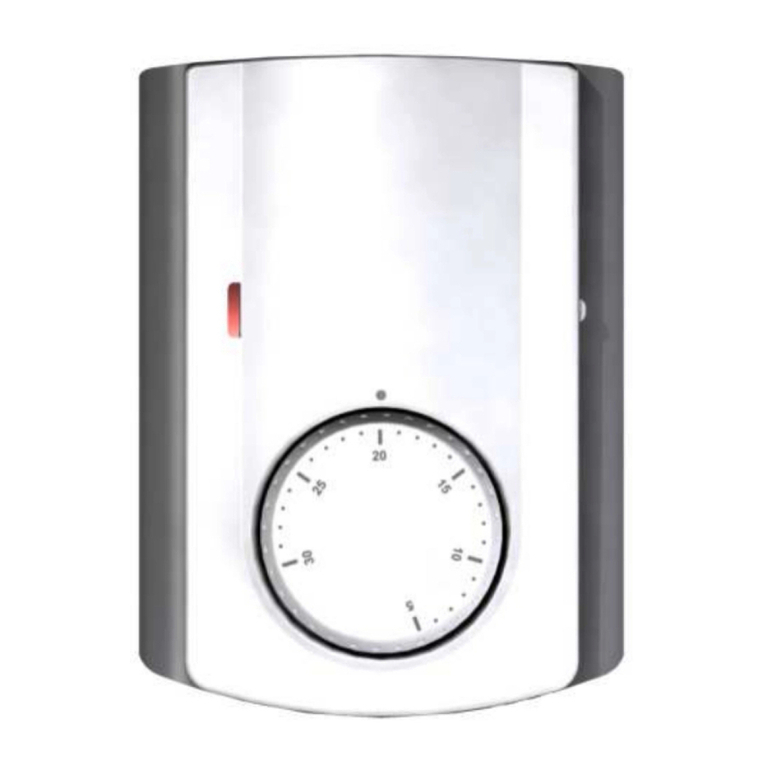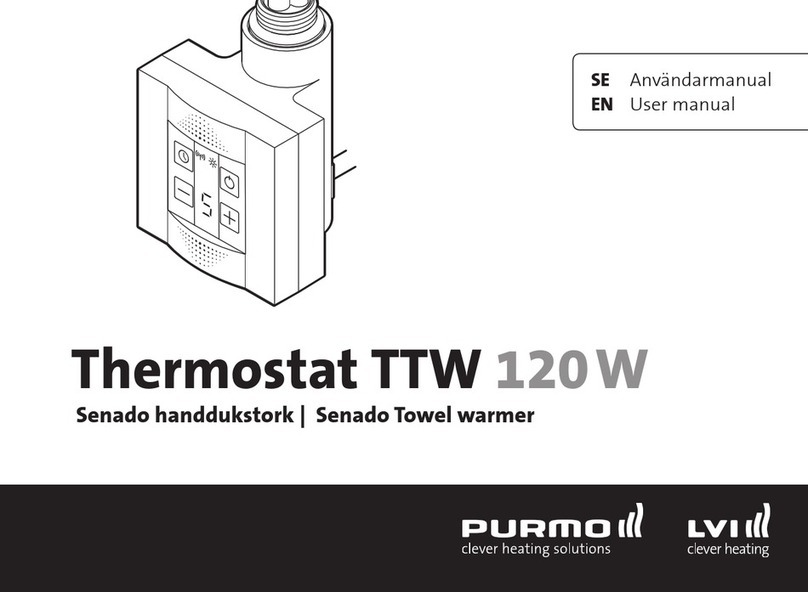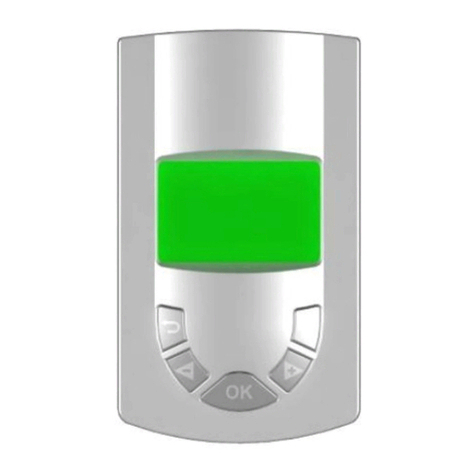4
Installation and Operation Manual
IMPORTANT!
Before starting work the installer should carefully read
this Installation & Operation Manual, and make sure all
instructions contained therein are understood and
observed.
- The thermostat should be mounted, operated and
maintained by specially trained personnel only.
Personnel in the course of training are only allowed to
handle the product under the supervision of an
experienced fitter. Subject to observation of the above
terms, the manufacture shall assume the liability for the
equipment as provided by legal stipulations.
- All instructions in this Installation & Operation manual
should be observed when working with the controller.
Any other application shall not comply with the
regulations. The manufacturer shall not be liable in
case of incompetent use of the control. Any
modifications and amendments are not allowed for
safety reasons. The maintenance may be performed by
service shops approved by the manufacturer only.
- The functionality of the controller depends on the
model and equipment. This installation leaflet is part of
the product and has to be obtained.
APPLICATION
- The UFH thermostat is developed to control and
manage actuators mounting on the manifold.
- The thermostat is normally used in conjunction with a
complete connecting box “UFH-MASTER” with or
without “Heating & Cooling module” to connect all
electrical & hydraulic components of the installation like
a circulation pump, actuators...
- The controllers have been designed for use in
residential rooms, office spaces and industrial facilities.
Verify that the installation complies with existing
regulations before operation to ensure proper use of
the installation.



































